With online shopping accounting for 26.4% of all retail sales in 2023, the retail landscape has been undergoing a dramatic transformation. This shift has led to a growing demand for innovative ways to revitalise spaces once occupied by traditional shops. Over the years, the team at Toolbox and I have enjoyed being inventive with how we activate vacant units, and ‘pop-ups’ are undoubtedly one of my favourites.
THE RISE OF POP-UP SHOPS
Pop-up shops have become a popular trend in the retail industry, offering advantages to both shopping centres and businesses due to their temporary nature.
By introducing new and unique businesses on a short-term basis, pop-up shops draw attention and spark curiosity among shoppers while providing a flexible, low-risk opportunity for aspiring entrepreneurs and small businesses to test their products or concepts without the commitment of a long-term lease.
Pop-ups add diversity to retail destinations, offering products and services that might not be available in permanent stores. This variety not only attracts a wider customer base but also enhances the overall shopping experience for visitors.
What I love most about pop-up shops is the sense of exclusivity and urgency they create. Their temporary nature makes customers feel the need to visit and purchase before they disappear, generating excitement and increasing footfall to the shopping centre.
A great success story is Castle Quarter in Norwich. Since its launch in October, the pop-up shop has hosted a variety of tenants, with the biggest success being the independent plant-based food business Vishcakes & Vibs. They were the first to join the new scheme and have provided an in-demand product not available elsewhere in the city by selling a range of plant-based dishes to cook at home. After completing six months of trading, they are now looking to sign a longer lease.
Due to the popularity of the pop-up shop, a second unit was converted, with occupiers including the innovative brand POP.XR, which brought an exciting new concept to the city. This concept combined digital art and retail design using augmented reality and visual marketing.
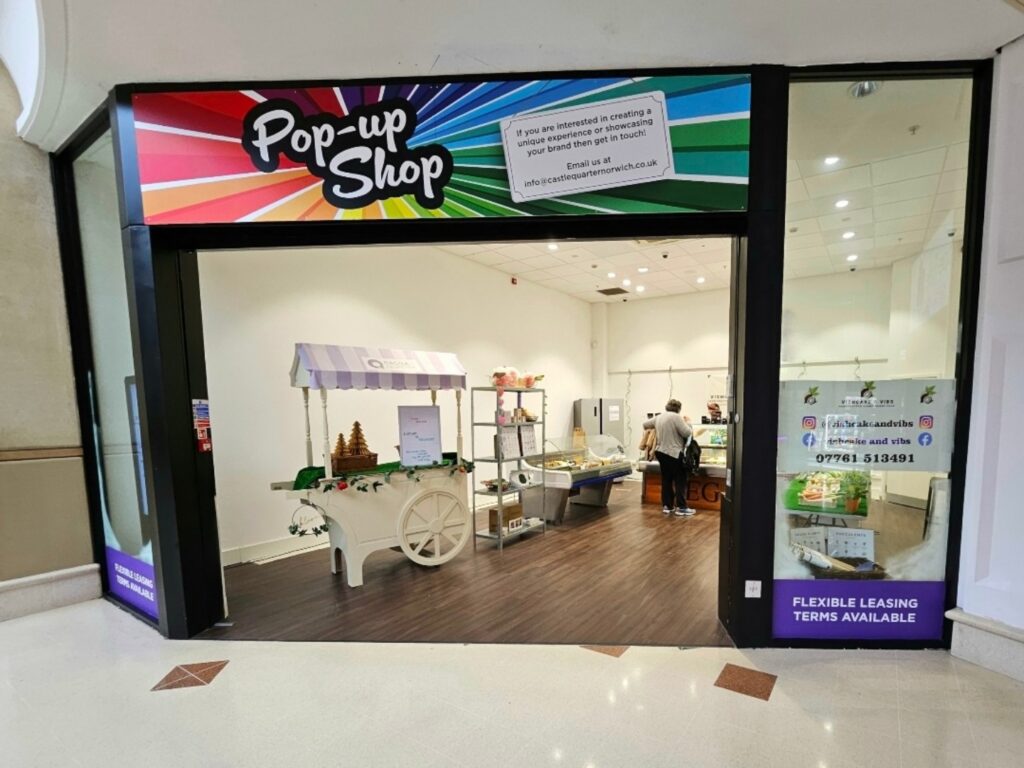
EXPANDING HORIZONS WITH POP-UP EXPERIENCES
In our experience, pop-up spaces should not be confined to the standard shop format. We’ve found great success by extending the parameters and transforming vacant units into platforms for local artists to showcase their talents.
Utilising pop-up spaces as galleries and theatres bring diversity and vibrancy to shopping centres, fostering a sense of community pride.
Recently, at The Buttermarket in Ipswich, we collaborated with the Eastern Education Group to host an exhibition featuring art students’ work. This gallery activated an unoccupied space, providing an additional attraction for visitors and aligning with the centre’s shift towards a mixed-use destination.
To celebrate Pride in Colchester this month, we have partnered with KALEIDOSCOPE, a local non-profit LGBTQIA+ project, to host a month-long pop-up interactive theatre. This inclusive event will celebrate the creativity and diversity of the local LGBTQIA+ community with a variety of interactive experiences, including a poetry wall and a drag costume display. (read more about Pride in Retail)
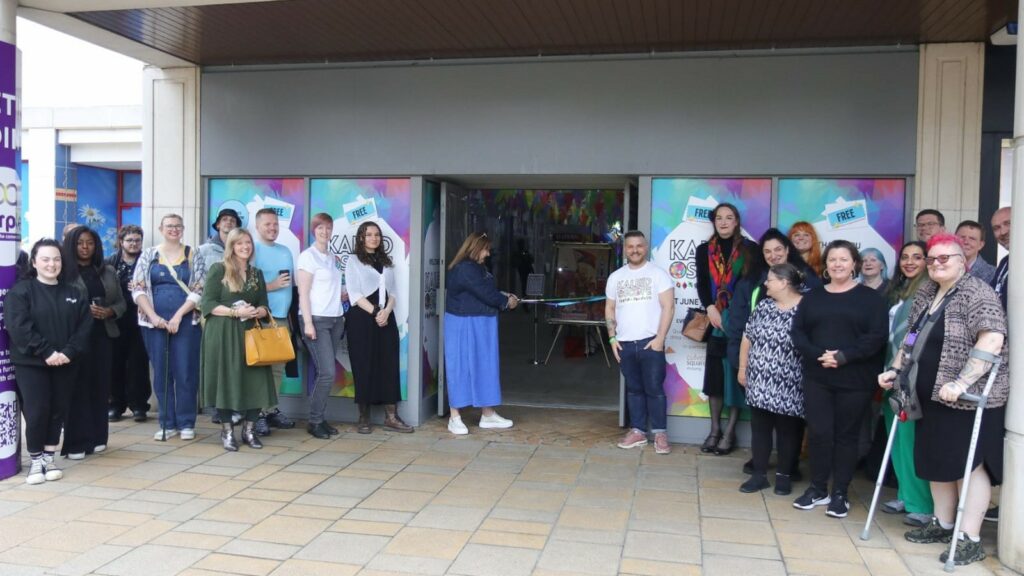
INNOVATIVE POP-UP MARKETING CAMPAIGNS
Although empty units are not ideal for any destination, they do provide a fantastic space to host marketing initiatives, so secretly I do like to have an empty unit or two available! Two of my favourite examples of where we have incorporated a vacant unit into our marketing strategy are The Friary, Keep Guildford Warm campaign and Longton Exchange, Win a Shop initiative.
At The Friary, Guildford, we collected pre-loved winter clothing from the community and created a pop-up shop in the centre, but this shop had a difference—all the items of clothing were free to those in need. Over 1,000 coats were donated, which not only helped those in need to stay warm during the winter months but also raised over £1,175 for Guildford Action, our charity partner, and increased website users by 58%.
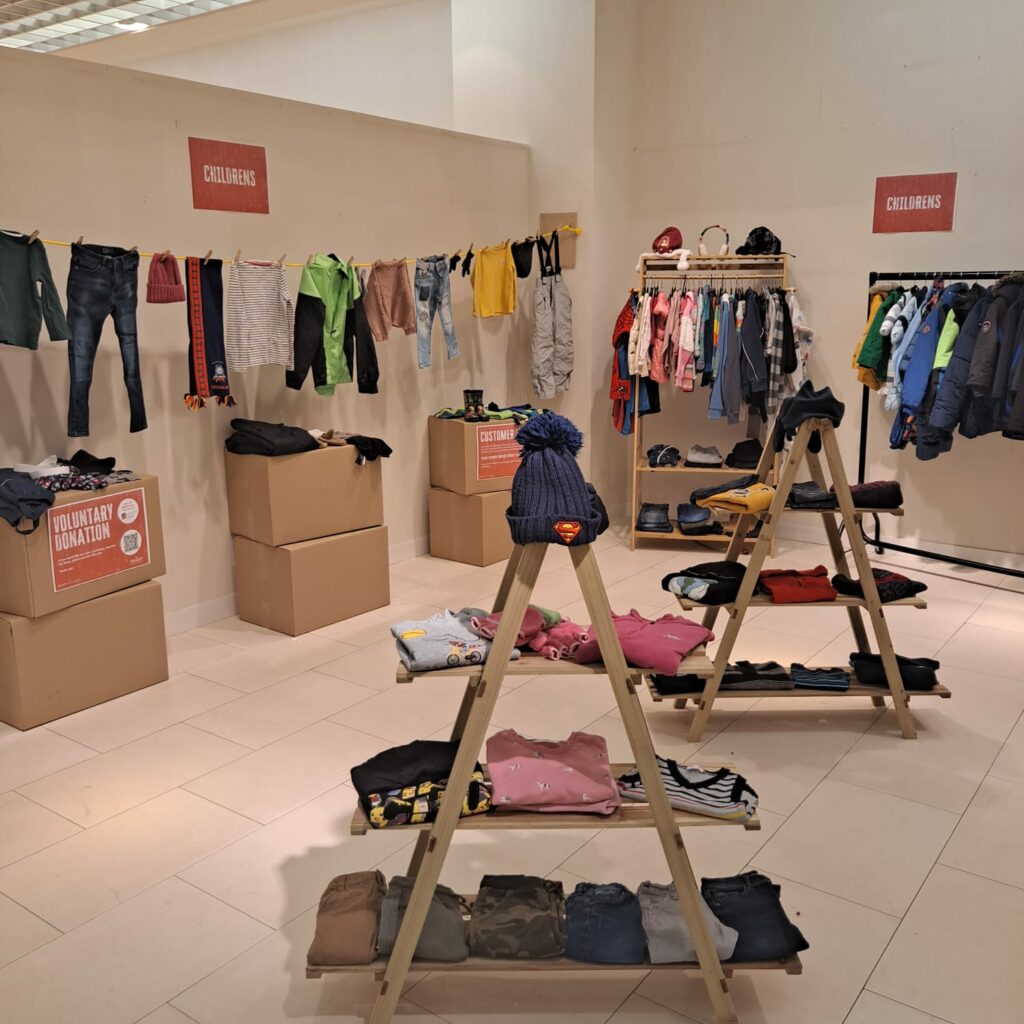
Win a Shop was a competition where we invited small businesses to apply for the opportunity to win a shop rent-free for a year! The competition at Longton Exchange, in Stoke on Trent, attracted nearly 200 entries, increased website traffic by 324.6% and increased social media followers by 25%. The winning business was ‘So Very Dog’, which originally ran on Etsy, selling pet treats, accessories, and grooming products. They have been trading for 9 months now and have just taken on a new member of staff to keep up with the demand. (Read the full case study)
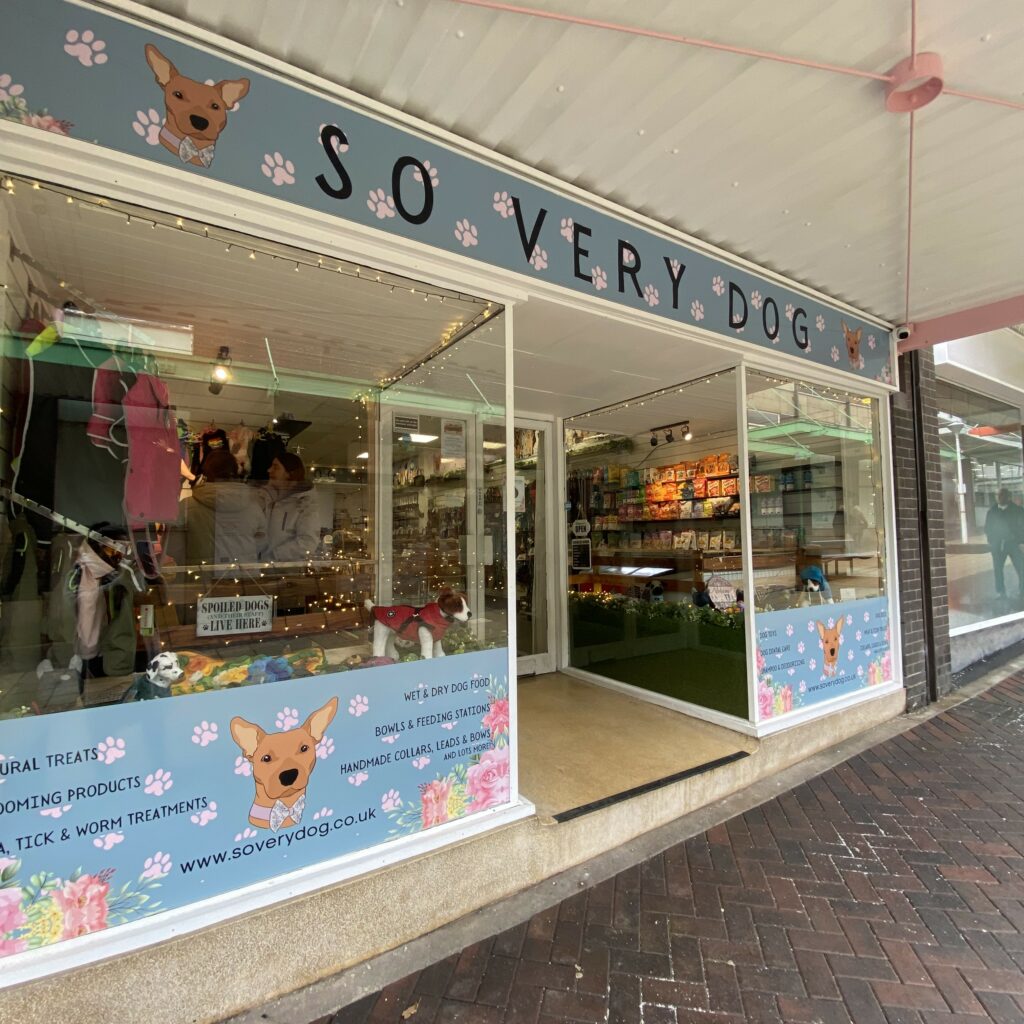
At Fremlin Walk in Maidstone, we transformed an empty unit into a ‘Pup-Up Pawtraits’ studio. Pet lovers brought their furry friends for free professional portraits, with donations going to Fetcher Dog rescue. Rescue dogs also starred in a photoshoot, and their photos were shared on our digital channels to help them find a ‘paw-fect’ match and a new home. The campaign boosted footfall by 4.7% and increased website visitors by 13%.
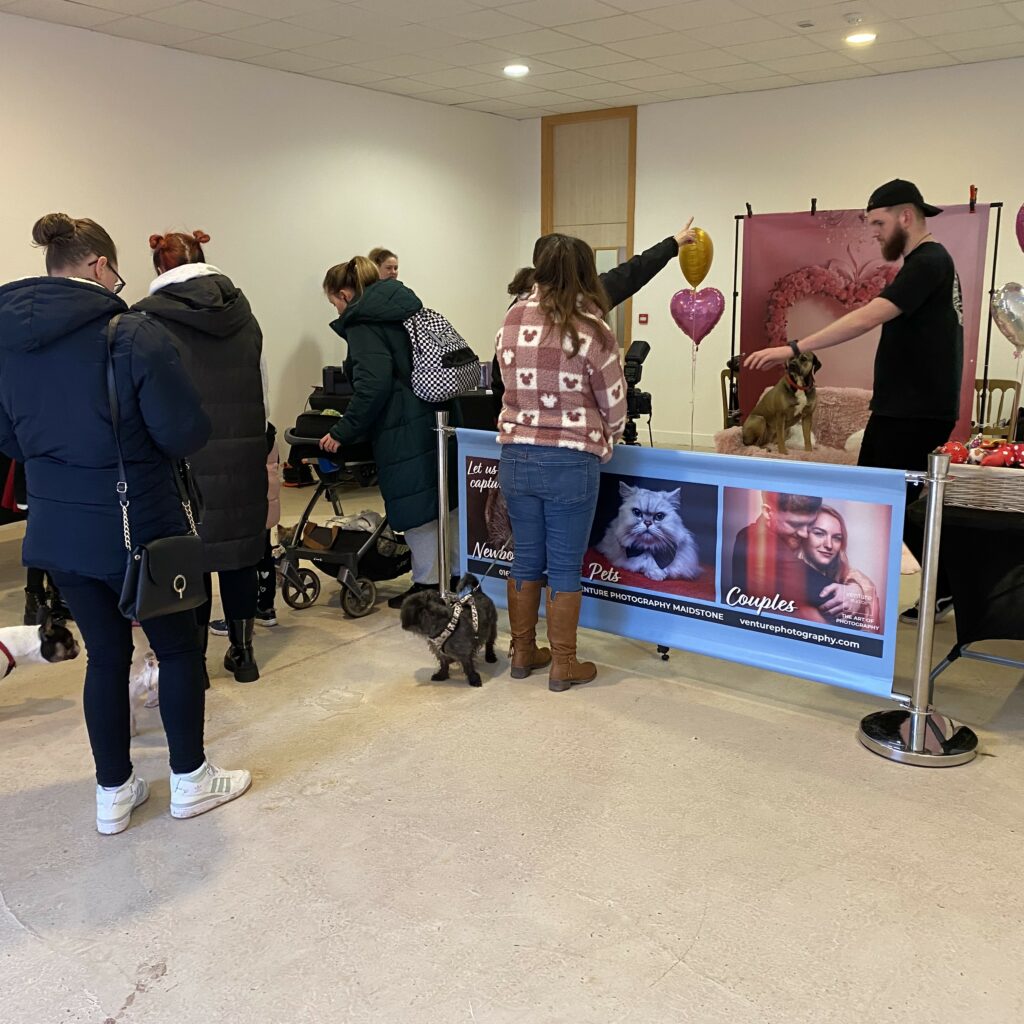
THE FUTURE OF RETAIL
The rise of pop-up shops represents a dynamic shift in the retail landscape. We can benefit from the versatile and exciting solutions that provide to the challenges faced by physical retail spaces. These temporary installations not only breathe new life into vacant units but also foster innovation, community engagement, and economic vitality.
Success stories from locations like Castle Quarter in Norwich and The Buttermarket in Ipswich highlight the immense potential of pop-up spaces to support local businesses and enhance the shopping experience. By extending the concept beyond traditional retail to include galleries, theatres, and impactful marketing campaigns, pop-ups are proving to be indispensable tools for revitalising communities and driving footfall.
As we continue to navigate the evolving retail landscape, the flexibility and appeal of pop-up shops will undoubtedly play a crucial role in shaping the future of our places. My advice for destination managers and entrepreneurs alike is to embrace the pop-up culture and transform vacant spaces into thriving, sought-after destinations that captivate and engage visitors.
By doing so, we can create vibrant, inclusive, and economically resilient retail environments that benefit everyone involved.
If you need help to activate an empty unit or enliven space within your destination then get in touch.
